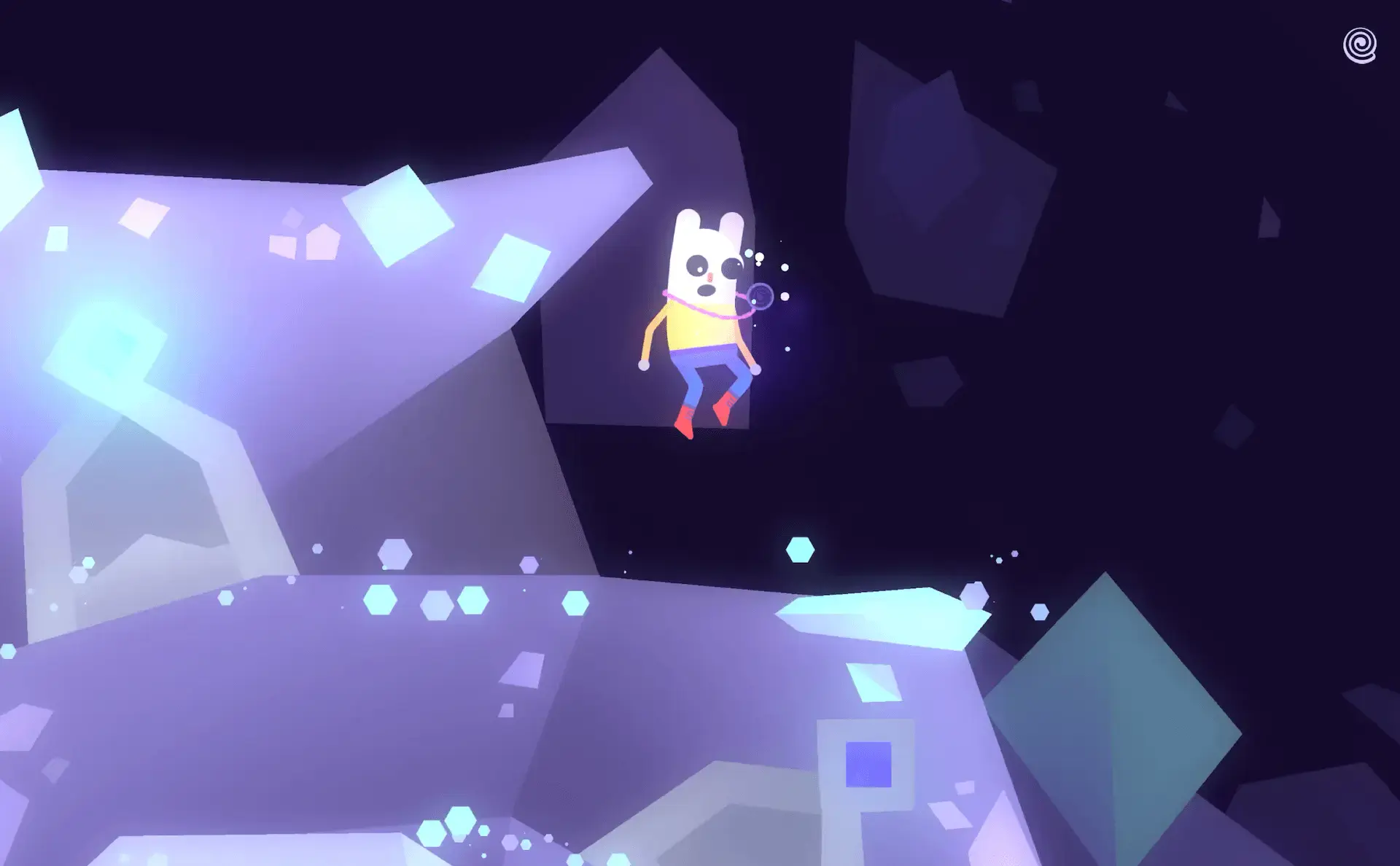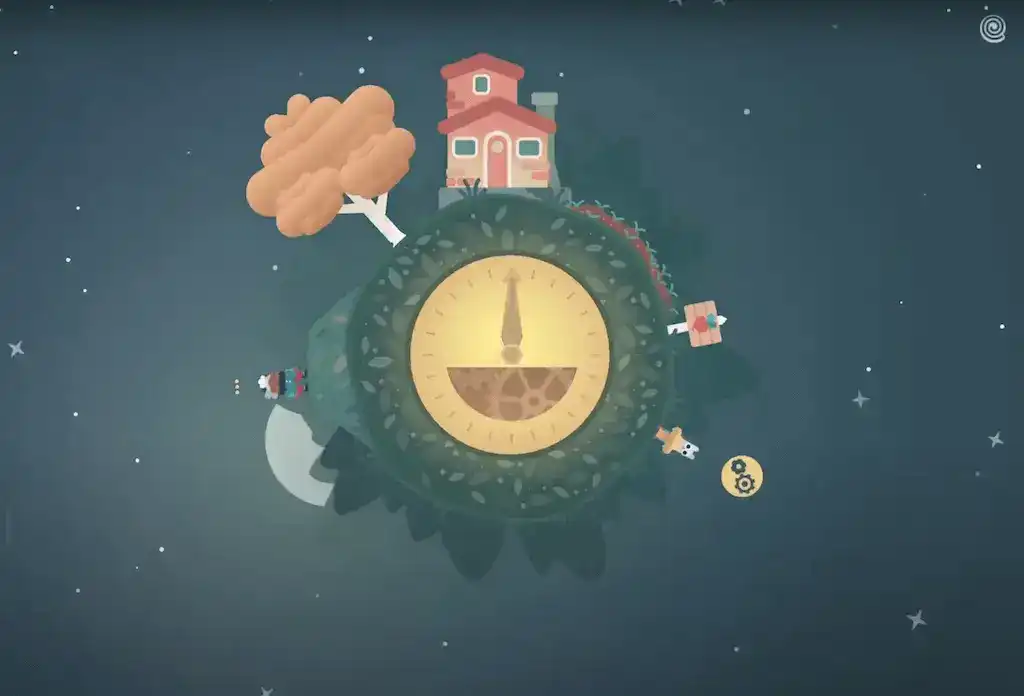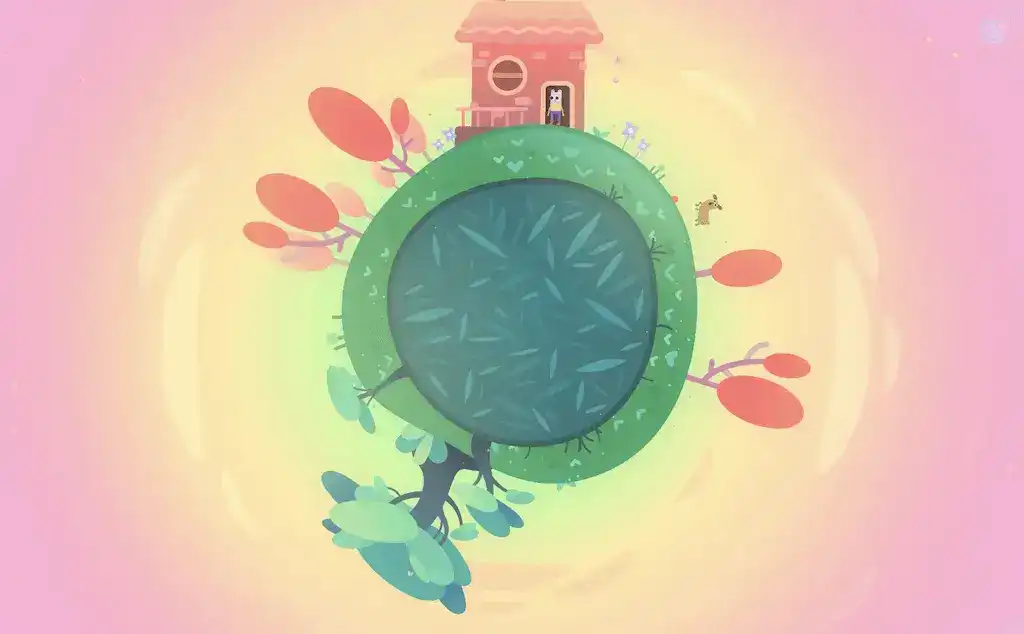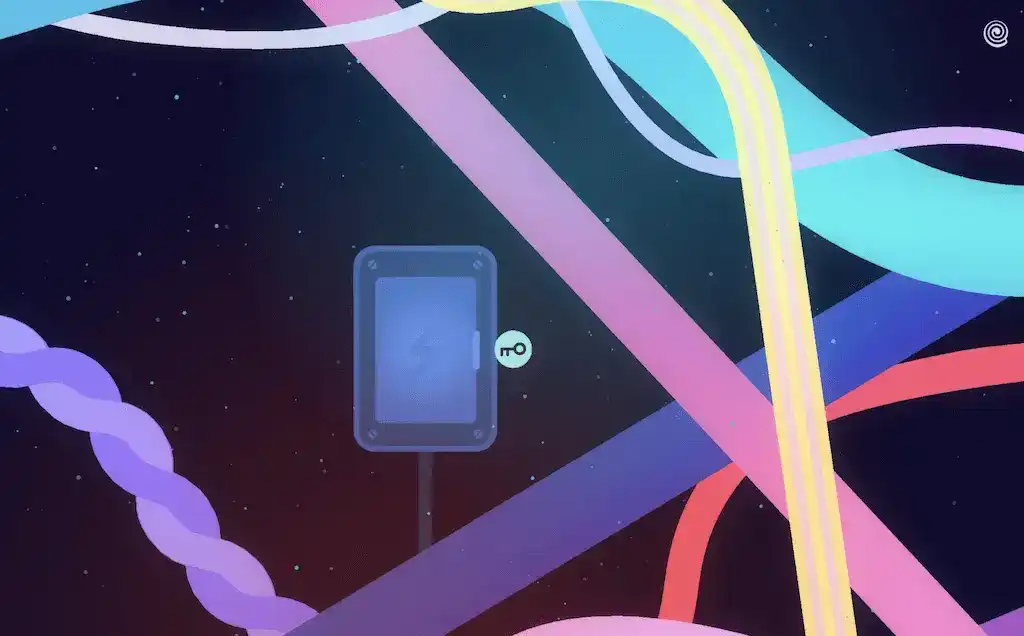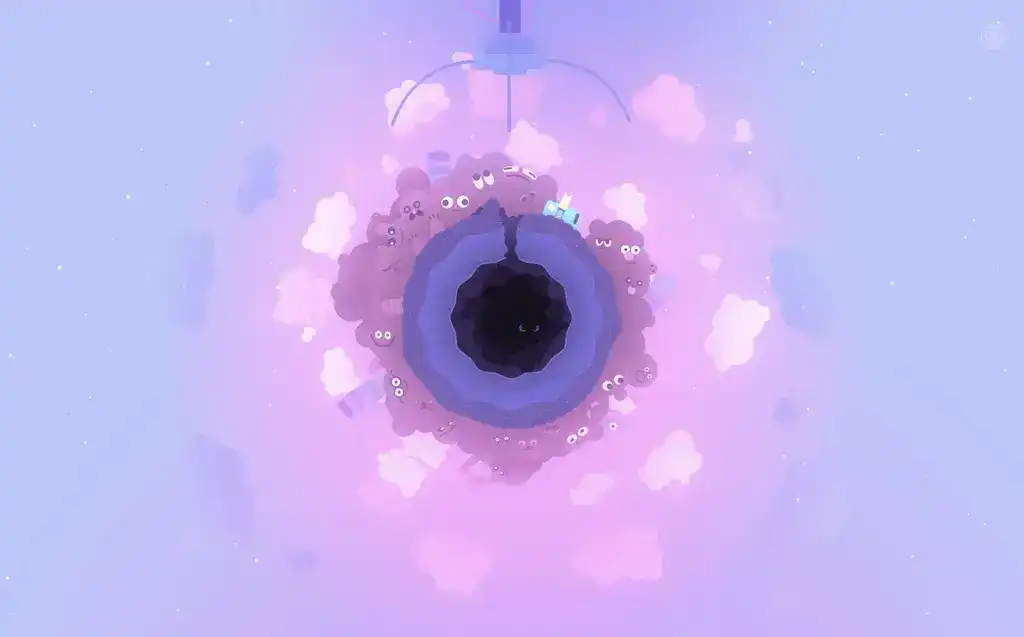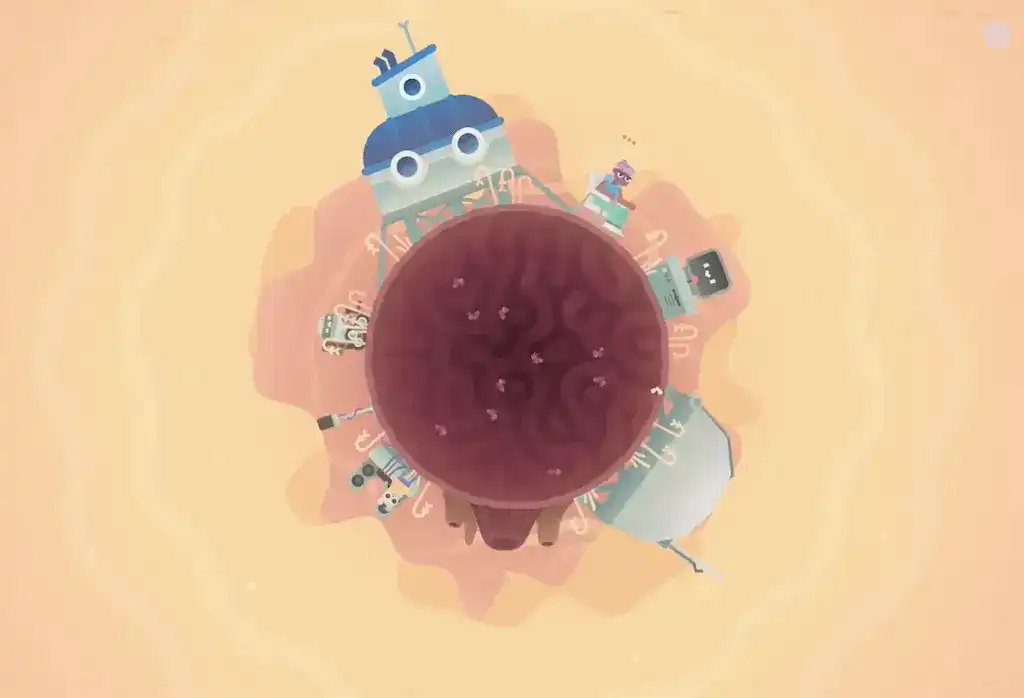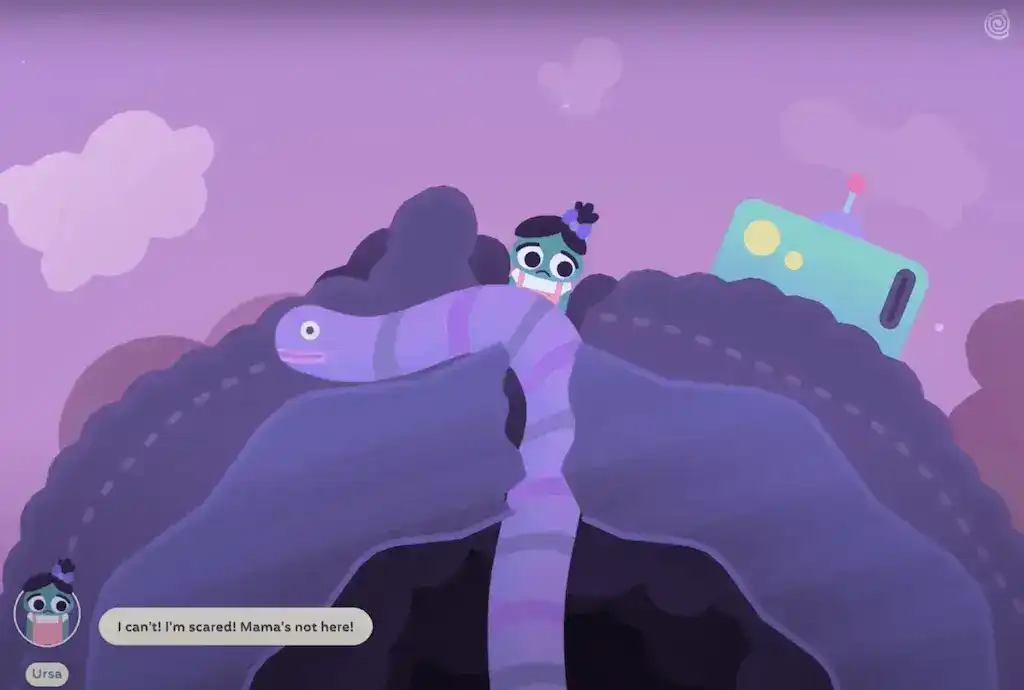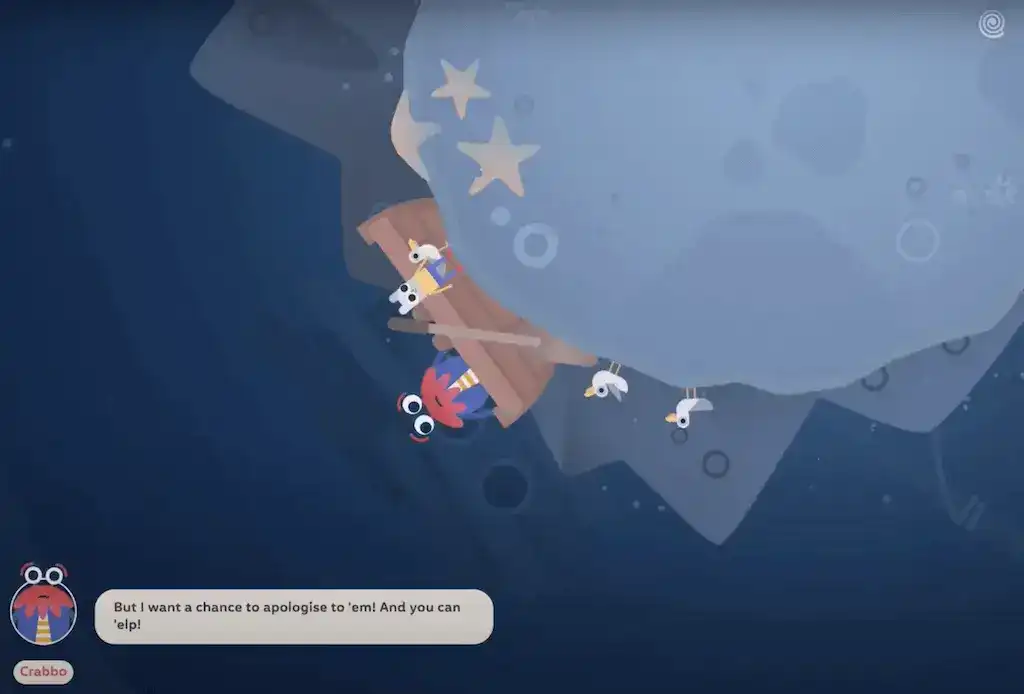Winding Worlds, by KO_OP the creators of GNOG, was quite the trip. I discovered Winding Worlds through an email notifying me that a new game was released. I normally wouldn't pay much attention to release emails or other repetitive notifications, but the title of the game already piqued my curiosity. I wrapped up what I was doing and looked it up.
Seeing the beautiful art, the variety of worlds, and the characters who looked like they each had a story to share, I could immediately tell that the game would be right up my alley and resolved to download it to try it out that same night.
Little did I know, outside of the unique puzzles and diverse worlds to explore, there'd also be a deep story attached to each character I met along the way and a pointed purpose to the design of each world.
I didn't expect to learn a lesson in each story, and I certainly didn't expect I'd have to learn to say goodbye to each quirky character. I came away from the game deeply affected and only wishing that there were more chapters of the story. At the same time, the pacing and length of each chapter and the entire story were perfect, and I wouldn't have changed anything about them.
Winding Down... or Up or Left or Right
Winding Worlds starts with a beautifully rendered home — Willow's home. You play as Willow as you're smoothly introduced to the mechanics of the game by walking around Willow's personal globe and playing catch with her dog.
There are only two movements necessary in the entire game: swiping up and down, or left and right, and pressing a button to confirm your solution. These are the only movements your fingers will need to make to walk around, solve puzzles, and discover each world's story.
While these are the simplest controls I've ever used to figure out a solution, the puzzles still manage to be distinct and challenging enough to be fun every time. Each puzzle is very symbolic or specific to the situation at hand.
You'd think only being able to swipe up and down, or left and right, would make the game too simple, too boring, or too repetitive, and yet it was just the opposite. I was extremely surprised that such simple mechanics could lead to such a diversity of puzzle types and solutions.
After reflecting, I realized it may have been due to these limited actions that the developers had to be even more creative with the puzzles themselves to compensate for the simplicity.
The Story Behind the Worlds
Eventually when you find a weird spiral necklace, you're introduced to the very purple and menacing-looking yet kind Wurm, who guides you as you traverse through different worlds accessible through doors on spiral rocks.
Each world you visit comes with its own set of puzzles directly related to the theme of the world and the mental state of its inhabitant.
While the puzzles are already interesting enough by themselves, what interested me even more was the story. I thought this was going to be a simple puzzle game and was surprised to find such depth in the characters and stories of each.
As you wander the world, you also wander the resident's mind and memories and help them to untangle their guilt, regret, or fear as you reflect on your own mental state.
I would really like to talk more in depth about each character, but that would spoil it all so I'll resist. All I'll say is that after each story, you'll come away with a lesson, but not like anything you learn in school. You'll more likely gain inspiration to face your fears, own up to your mistakes, or find your hidden strength.
Unfinished Business... of Our Own
As Willow helps each character resolve unfinished business and let go of their grudges and regrets, she ends up helping herself — and the player — though she doesn't realize it until the end. As the journey in her world winded down, so did my mind late at night. Yet, I reflected on her journey and my own for days after the game had already ended.
I'd recommend this to anyone else who needs to do some reflecting of their own or who just wants to solve innovative puzzles in an immersive world with a deep story behind every landscape.
